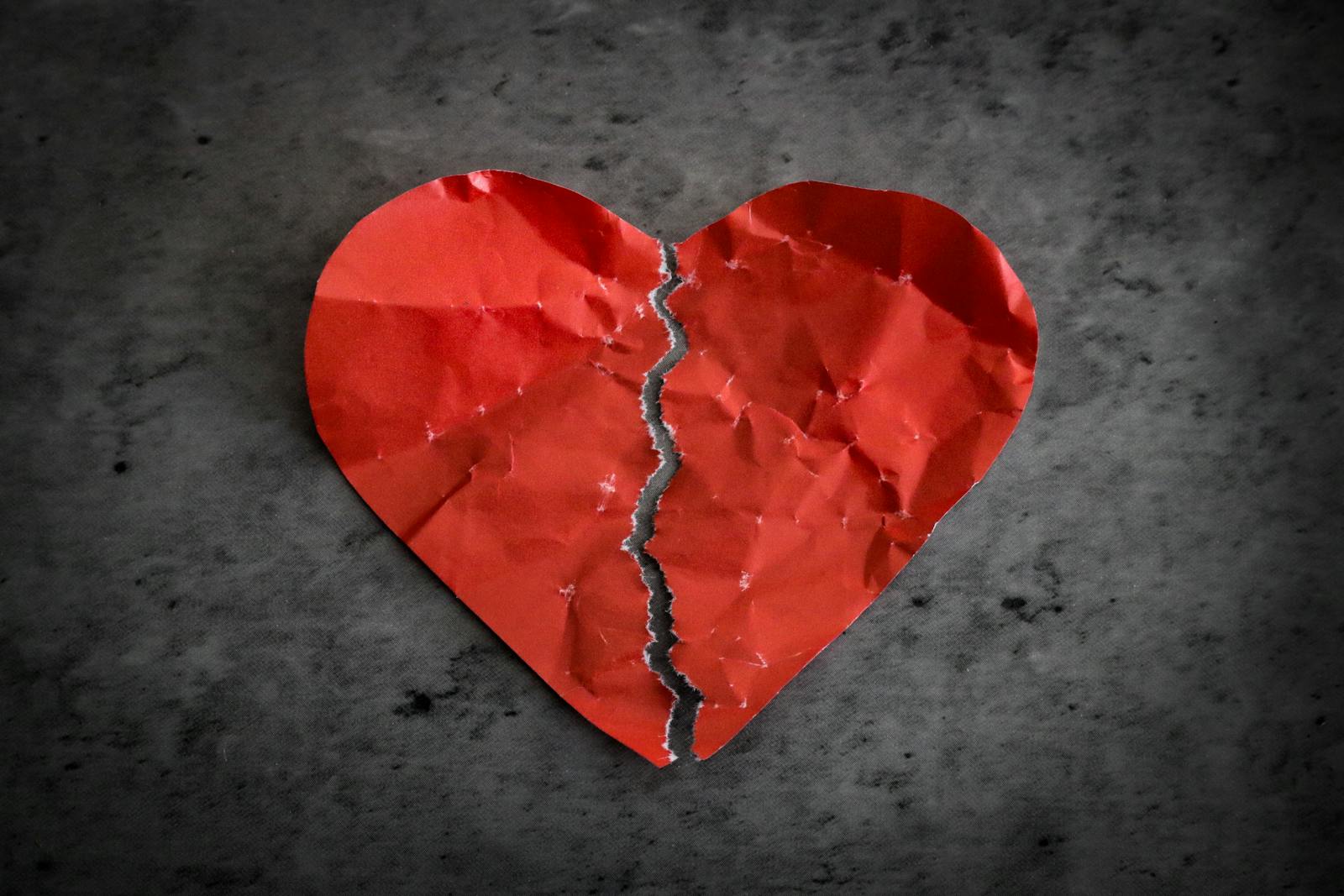Breakups are notoriously difficult, but when your relationship ends with someone who has an avoidant attachment style, the pain can feel especially acute and confusing. Many people find themselves reeling after such breakups, questioning their own self-worth and replaying every moment in an attempt to understand what went wrong. If you’ve experienced this kind of heartbreak, you’re not alone. In this article, we’ll explore the psychology behind why breaking up with an avoidant partner can be so painful, how attachment styles influence romantic relationships, and how you can heal and regain your sense of self.
Understanding Attachment Styles in Relationships
Attachment theory, developed by psychologist John Bowlby, explains how our early relationships with caregivers shape the way we relate to others throughout our lives. According to this theory, there are four main attachment styles:
- Secure Attachment: Comfortable with intimacy and autonomy.
- Anxious Attachment: Craves closeness but fears abandonment.
- Avoidant Attachment: Values independence and often resists closeness.
- Fearful-Avoidant (Disorganized) Attachment: Desires connection but fears trust and vulnerability.
The dynamic between an anxious partner and an avoidant partner is particularly common and often tumultuous. The anxious person seeks closeness, while the avoidant partner pulls away, creating a ‘push-pull’ cycle that can be both intoxicating and deeply painful when it ends.
The Defensive Dance of the Avoidant Partner
Those with avoidant attachment have learned, often unconsciously, that relying too much on others can lead to disappointment or engulfment. They may fear being controlled, losing their independence, or being emotionally hurt. As a result, they tend to:
- Keep their emotional distance
- Suppress or hide feelings
- Minimize the importance of close relationships
- Shut down during conflict or emotional conversations
During a breakup, this defensive attitude can become even more pronounced. Rather than working through the pain with their partner, avoidant individuals often retreat further inward, leaving their significant other feeling rejected, confused, and incredibly alone.
Why Do Breakups With Avoidant Partners Hurt So Much?
Many people notice that the pain from this type of breakup is more intense or long-lasting than from other relationship endings. Here’s why:
1. Emotional Starvation and the Illusion of Intimacy
If you were in a relationship with an avoidant partner, odds are you sometimes felt emotionally unsatisfied. You may have glimpsed vulnerability or intimacy during rare, meaningful moments, which made you crave connection even more. The intermittent reinforcement of warmth and affection followed by withdrawal can create a powerful ‘addictive’ cycle, making the eventual loss feel profound — as if you’re suddenly deprived of an emotional lifeline you waited so long to receive.
2. Unresolved Questions and Lack of Closure
Avoidant partners tend to avoid difficult conversations, even during a breakup. Rather than discussing what went wrong or offering comfort, they may become emotionally distant or even disappear. This lack of closure leaves the other partner questioning what happened, ruminating on the relationship, and wondering if they’re to blame.
3. Activation of Attachment Wounds
If you have an anxious or insecure attachment style, a breakup with an avoidant can activate old wounds around abandonment, unworthiness, and rejection. Even if you typically consider yourself confident, the unique push-pull nature of these relationships can destabilize your sense of self, especially when the final push is met with cold silence.
4. Gaslighting and Self-Doubt
Some avoidant partners, intentionally or not, may downplay your concerns, deny issues, or blame you for the problems in the relationship. Over time, this can chip away at your sense of reality and leave you doubting not only your worth, but your perceptions of the entire relationship. Once the breakup occurs, these doubts can spiral and intensify.
5. The Lingering What-Ifs
Because the relationship often never reaches the depth or intimacy you longed for, you may grieve not only the loss of what was, but the loss of what could have been. You might find yourself replaying idealized memories or wondering if things would have worked out if you’d just done something differently.
The Neuroscience Behind the Pain
Heartbreak isn’t just an emotional phenomenon — it’s physical. Studies show that social rejection and emotional pain activate the same neural pathways as physical pain. The unpredictable affection you experienced with an avoidant partner can function like a reward system in your brain, similar to addiction. When the source of those rewards disappears, you go into emotional withdrawal, making recovery especially difficult.
Why It’s Hard to Let Go of an Avoidant Ex
On top of the unique pain, letting go of an avoidant ex can feel impossible. Here’s why:
- Intermittent Reinforcement: Occasional warmth and intimacy among frequent cold spells reinforce your hopes and make you believe genuine connection is just within reach.
- Lack of Resolution: No real closure means your mind stays stuck searching for answers, replaying scenarios, and hoping for reconciliation or explanation.
- Idealization of the Other: You might cling to the rare moments of connection, ignoring the frequent feelings of neglect or disappointment.
- Unfinished Emotional Business: Without conversations or acknowledgment of pain, your feelings remain unresolved and continue to surface.
Healing After a Breakup With an Avoidant Partner
Healing is not only possible but transformative. It begins with understanding your experience and taking compassionate steps to recover:
1. Recognize Your Attachment Style
Self-awareness is key. Reflect on your own attachment patterns — do you tend to chase after unavailable partners? Do you feel a need for reassurance? Understanding your tendencies can help break unhealthy cycles in future relationships.
2. Validate Your Emotions
Your feelings are real and valid. Losing an avoidant partner can lead to a unique kind of grief. Don’t minimize your pain; allow yourself to mourn not just the person, but the unmet hopes and needs in the relationship.
3. Seek Closure Within Yourself
If your ex won’t provide closure, you can still find it. Journal about your feelings, talk to trusted friends, or write an unsent letter expressing what you wish you could say. Give yourself permission to let go and move forward.
4. Rebuild Your Self-Esteem
Breakups with avoidant partners can erode your confidence. Reconnect with activities that make you feel competent and joyful. Surround yourself with people who uplift and value you.
5. Practice Healthy Boundaries
Avoid falling back into the relationship dynamic if your ex reaches out, or if you’re tempted to seek closure from someone who can’t provide it. Protect your healing by limiting contact and focusing on your own needs.
6. Consider Professional Support
A therapist can help you understand the impact of attachment wounds, process your grief, and foster healthier relationship patterns. Therapy can be especially helpful if you notice repeated patterns of pain in your relationships.
Moving Forward: Cultivating Secure Connections
Ending a relationship with an avoidant partner can ultimately be a profound catalyst for personal growth. As you move forward, consider the following tips to cultivate healthier relationships:
- Move Slowly: Give new relationships time before getting deeply involved. Notice how you and your new partner handle intimacy and conflict.
- Prioritize Emotional Availability: Choose partners who are willing and able to communicate, express feelings, and work through issues.
- Maintain Independence: Balance closeness with your own interests, friendships, and self-care routines.
- Communicate Needs Clearly: Don’t be afraid to state what you need. Secure partners will appreciate and reciprocate clarity.
- Trust the Process: Healing and change take time. Each step toward self-understanding brings you closer to the relationships you deserve.
Conclusion: You Are Not Alone
Breakups with avoidant partners can leave lasting wounds, but they don’t define your worth or ability to love. While the pain might seem overwhelming, it’s also a powerful opportunity to understand yourself, heal old patterns, and move forward with compassion and strength. Remember: connection is possible, love is available, and with time, you can find the security and intimacy you seek both within yourself and in future relationships.





